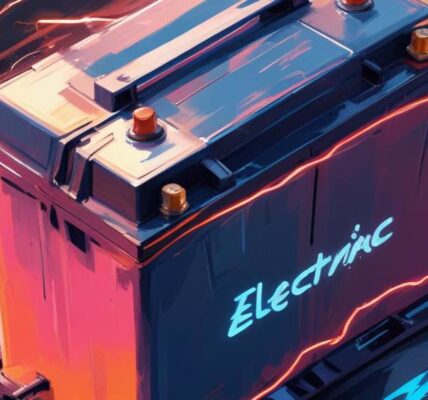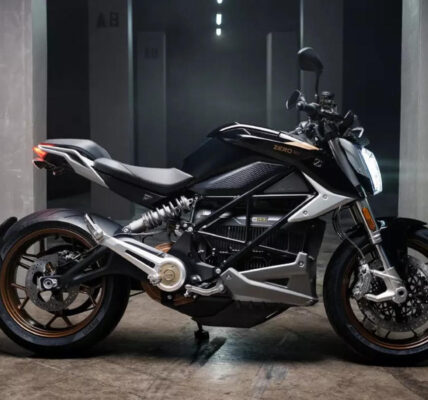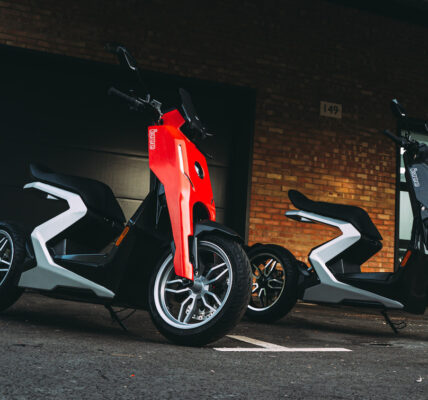France aims to have over 400,000 electric vehicle charging points on its road network by 2030, including 50,000 fast charging points.Today, the public network has more than 110,000 charging points, making France the second best-equipped country in Europe, behind the Netherlands and ahead of Germany.
Three thousand charging points were installed every month last year, 15% of which are high-power chargers, which are ten times faster than in 2019, according to Clément Molizon, general delegate of Avere-France, the French association for the development of electric mobility.
Taking into account charging points installed in private homes and businesses, the number of charging points in France currently stands at 1.7 million, Molizon told delegates at an event held by the French Energy Transition Ministry.
But France needs to speed up its deployment because of new EU targets passed in July with the adoption of the European alternative fuels infrastructure regulation (AFIR).
According to the new EU regulation, a fast-charging station must be installed on the EU’s main transport corridors every 60 km by the end of 2025 and on half of the network for heavy-duty vehicles by the end of 2027.In addition, the cumulative power of publicly accessible charging points must be at least 1.3 kW per electric vehicle and 0.8 kW per plug-in hybrid.
New measures
To this end, the government unveiled new measures to deploy charging stations on Friday, with an additional €200 million over the period 2024-2027 – on top of the €320 million already allocated for 2016-2023.In addition, the ministry announced a further €68 million in aid for the development of fast and ultra-fast charging stations (with a capacity of more than 50 kW) and an increase in the tax credit for home charging points from €300 to €500 per station.
However, at the current rate of deployments, the network “will soon be insufficient”, warned Sébastien Jumel, director at Enedis, the French electricity distribution network operator.
Tenfold increase by 2035
By the end of 2023, the French fleet of electrified vehicles (electric and plug-in hybrids) will total 1.5 million units, of which 650,000 will be electric, according to the government.This figure is expected to increase tenfold by 2035, when the sale of new diesel or petrol cars will be prohibited across the EU, meaning that the number of charging points will have to keep pace.Only 2% of charging points are experiencing saturation problems, says Florie Coron, from the French directorate-general for infrastructure, transport and mobility (DGITM).
However, some major French roads are already affected, such as the Montélimar motorway service area in the south of France, where the installed capacity must be multiplied tenfold, Jumel says.Moreover, “the quantity of charging stations is crucial, but so is the challenge of putting the right stations in the right places, with the right power and quality of service,” notes the French electricity industry association (UFE).
In other words, the size of the electricity network is becoming an issue.
Managing grid load
According to industry players, the problem is not so much the volume of electricity needed to operate the future fleet of charging points, as they are expected to represent only about 5% (35 TW) of the installed electrical capacity (615 TW) projected by French electricity network manager RTE by 2035, says Jumel.Instead, the problem is likely to lie with demand management methods.“There is, therefore, a huge load management problem,” notes the Enedis expert.
With this in mind, French Energy Transition Minister Agnès Pannier-Runacher insists on developing a bidirectional “vehicle-to-grid” charging system to ensure electric vehicles can send electricity back to the grid when needed.
Germany is “way ahead” in this respect, admits Pannier-Runacher, who believes the answer also lies in developing lighter, more affordable, less complex vehicles.Following the additional public funding announcement, Transport Minister Clément Beaune said the government would not stop there.








